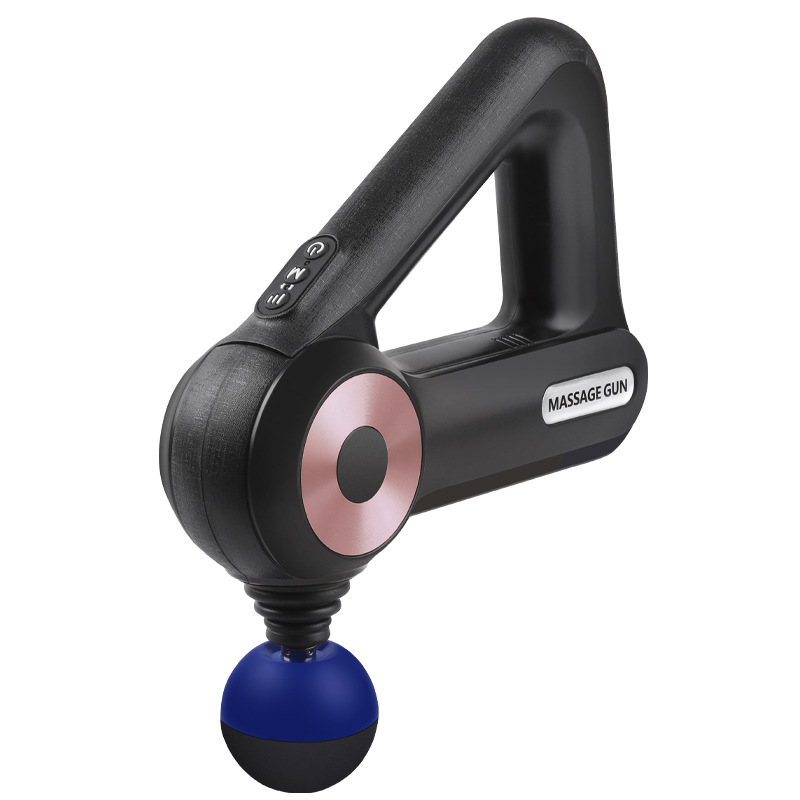Massage gun design goes beyond aesthetics—it’s about creating ergonomic devices that prioritize both user comfort and effective muscle therapy. Explore the key ergonomic considerations that contribute to a top-notch massage gun experience:
- Handle Grip: A well-designed handle with a comfortable grip ensures that users can easily maneuver the massage gun across various muscle groups without straining their hands.
- Weight Distribution: Balanced weight distribution prevents excessive strain on certain muscle groups during extended usage, promoting a comfortable and effective experience.
- Multi-Grip Options: Massage guns with multiple grip options accommodate different hand sizes and angles, allowing users to target muscles from various perspectives.
- Angled Design: An ergonomically angled handle and massage head align with the natural contours of the body, making it easier to reach different areas.
- Vibration Dampening: Effective dampening mechanisms reduce excessive vibrations that could cause discomfort during prolonged massage sessions.
- Attachment Accessibility: Ergonomic design ensures that users can easily switch between different attachments without interrupting the flow of their massage therapy.
- One-Hand Operation: Streamlined controls enable users to operate the massage gun with one hand, allowing for focused and targeted muscle therapy.
- Anti-Slip Features: Textured grips and non-slip materials prevent accidental drops, even when using the massage gun with lotions or oils.
- Quiet Operation: Ergonomically designed massage guns incorporate noise-reducing features, ensuring a comfortable and peaceful experience during use.
- User Feedback: Manufacturers often gather user feedback to refine and improve ergonomic design, resulting in massage guns that cater to user preferences.
By prioritizing ergonomic design, massage gun manufacturers create devices that are not only effective for muscle therapy but also comfortable to use over extended periods.







